
Greetings Friends,
This monthly newsletter (No. 45) includes a Senator’s visit, biodiversity and birds, Darwin development, FLP membership, quiz, plants and wildlife.
1.0 Darwin – City of Birds
Greens Senator Penny Allman-Payne found time for a Wilderness Walk at Lee Point on her recent visit to Darwin.
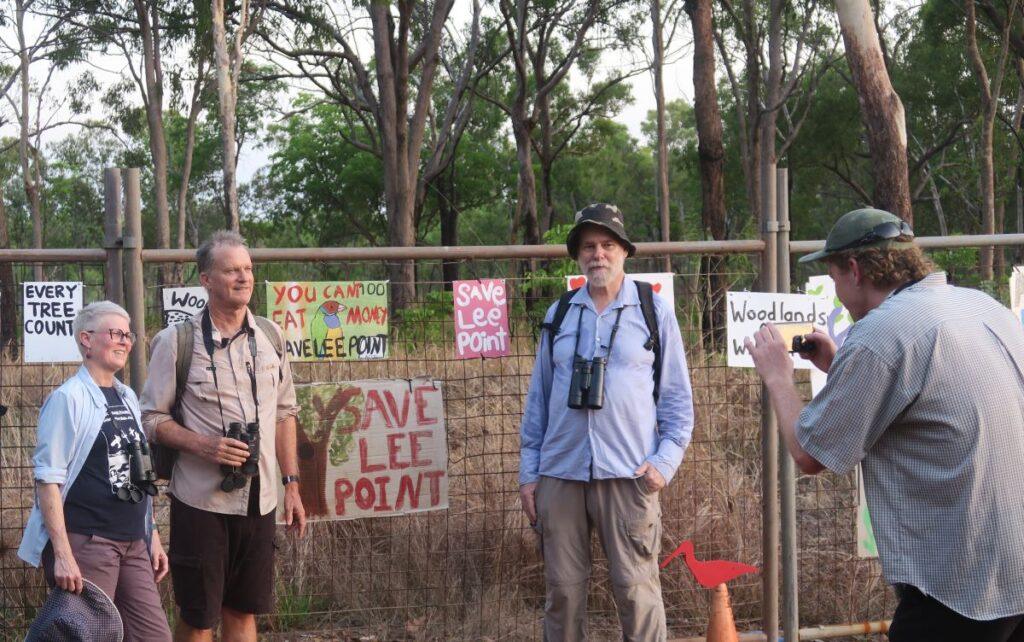
Fig 1. Senator Penny Allman-Payne, Ian Redmond, David Percival, and Liam Carter at Lee Point 23 Oct 2024.
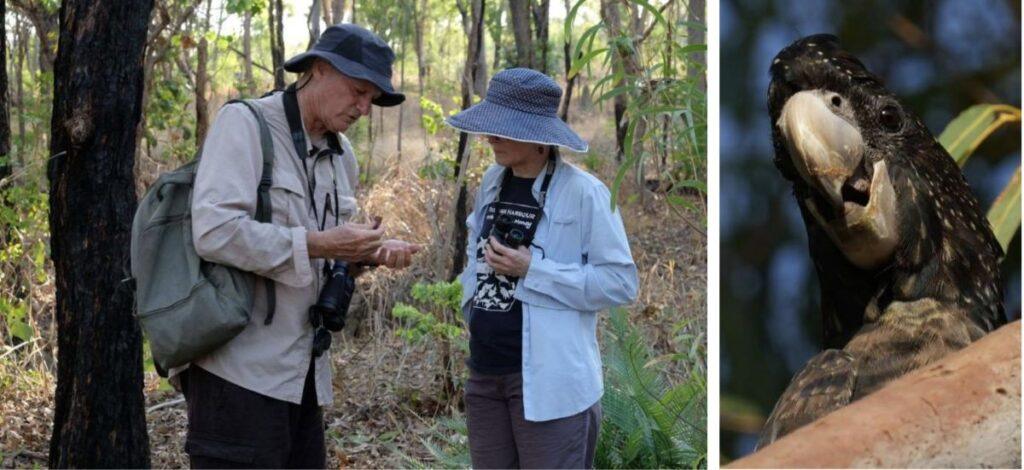
Fig 2. What the Red-tailed Black Cockatoos have been eating – photos by Gayle and Sam Duffy.
To date, we have had 5 Senators join us on the Wilderness Walk and are hoping to get more elected representatives on the walk soon.
Biodiversity and birds – The number of bird species present is a good indicator of biodiversity.
Visitors are often surprised and delighted by the large number of birds they see in tropical Darwin. A couple of reasons for this are:
-
- over half the world’s vertebrate species (includes birds) live in tropical forests.
- tropical savanna forests are a lot more open than tropical rainforests making it much easier to see birds.
In the last few years, approximately one quarter of the bird species recorded in Australia have been identified on the Lee Point peninsula (refer Fig 3.).
Visitors with binoculars get to identify many wild birds on a typical Wilderness Walk around Lee Point Dam. Up to 50 wild bird species have been identified and recorded on this 2-hour walk.
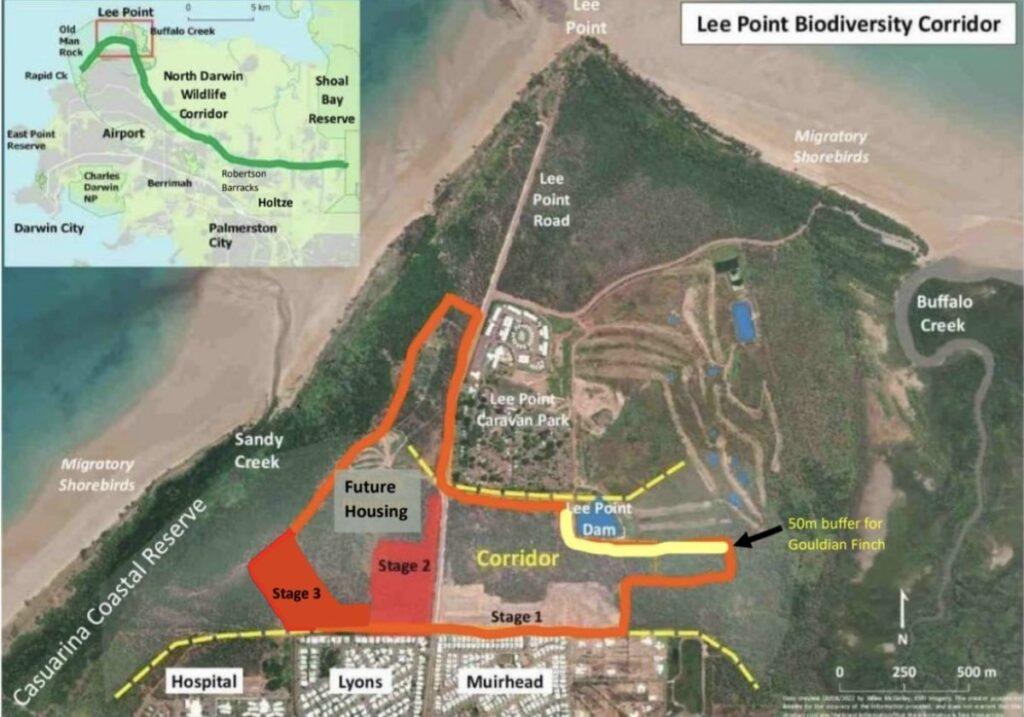
Fig 3. Lee Point peninsula, red outline shows extent of DHA housing with Stage 1, 2 and 3 cleared. Stage 2 and 3 were cleared early May 2024.
2.0 Darwin development
The main cause of biodiversity loss in urban areas is habitat loss and fragmentation, mammals and small birds are particularly impacted by both.

Fig 4. Map showing Darwin’s Wildlife Corridor
Having government (DHA) build houses away from jobs and frequent public transport, clearing critical habitat, does not address Australia’s:
-
- Extinction crisis – Clearing critical habitat in Darwin threatens species that are already declining in number.
- Climate change crisis – Darwin is getting hotter and it needs to keep its urban forests to cool surrounding areas and absorb greenhouse gases.
- Housing affordability crisis – Darwin has a housing affordability problem, refer “unaffordable” housing at Lee Point“
Planning for Lee Point has more information.
FLP are still seeking answers to these questions from the Australian Government; what other sites were considered to:
- avoid an environmental offset, and
- optimise long term public benefit.
Minister for Defence Personnel, Matt Keogh MP, is currently looking after DHA matters.
Take Action
The DHA Lee Point housing project is an ill-considered project for Darwin. It is time to save Lee Point – Please sign this PETITION.
3.0 FLP Membership
Like to become a financial member? For $25 you can be a life member, refer About Us.
FLP’s 2025 Calendar should be available in November.

Fig 5. Selling merch – Gayle Laidlaw (left) at Nightcliff market and Justine Glover (right) at Lee Point Resort “TOO MUCH STUFF” market on Sunday morning 27 Oct 2024.
4.0 Quiz
Q1 Why do termites fly after rain and in such large numbers?
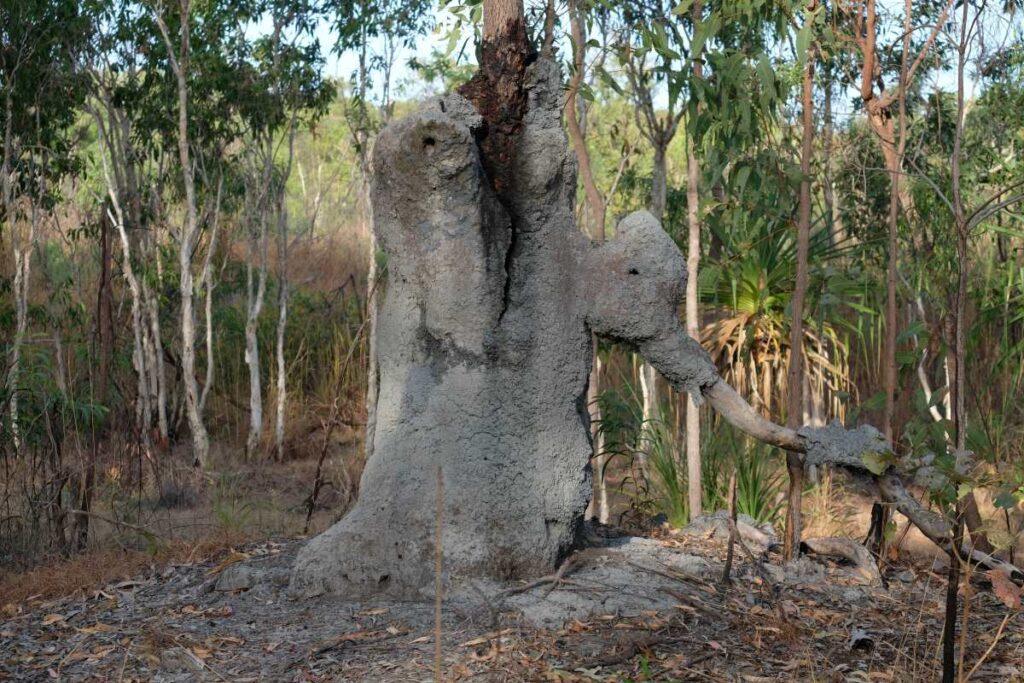
Fig 6. Termite mound – with termites being a bit creative.
5.0 Plants and Wildlife
With lots of sun and some rain, plant growth has taken off providing lots of food for plant-eating insects. Photos this month by Sam Duffy from Lee Point Biodiversity Corridor.
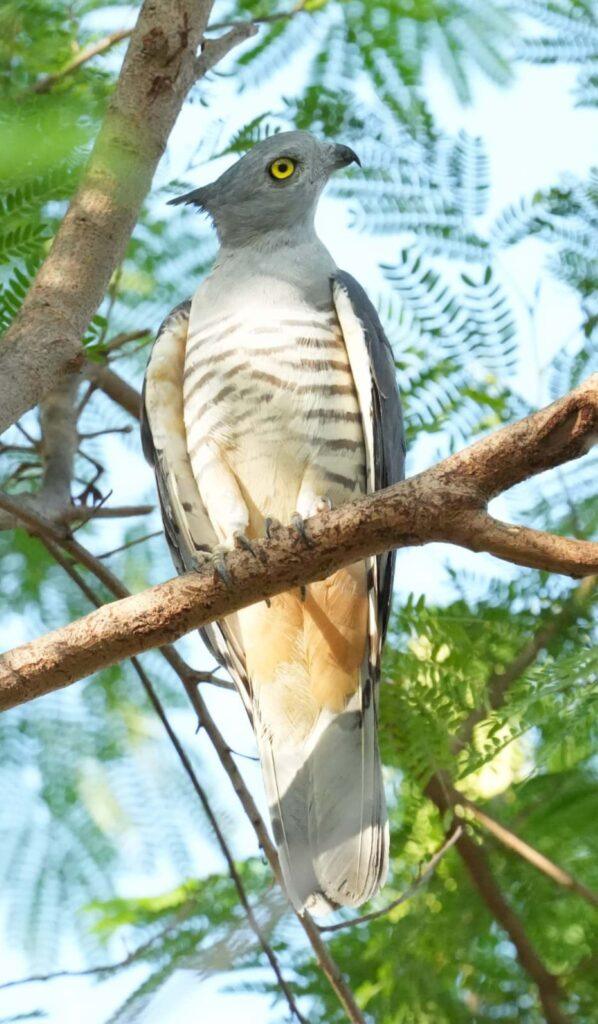
Fig 7. The Pacific Baza has large plant-eating insects in its diet.

Fig 8. Pheasant Coucal with a stick insect. It is the only cuckoo in Australia that builds a nest.
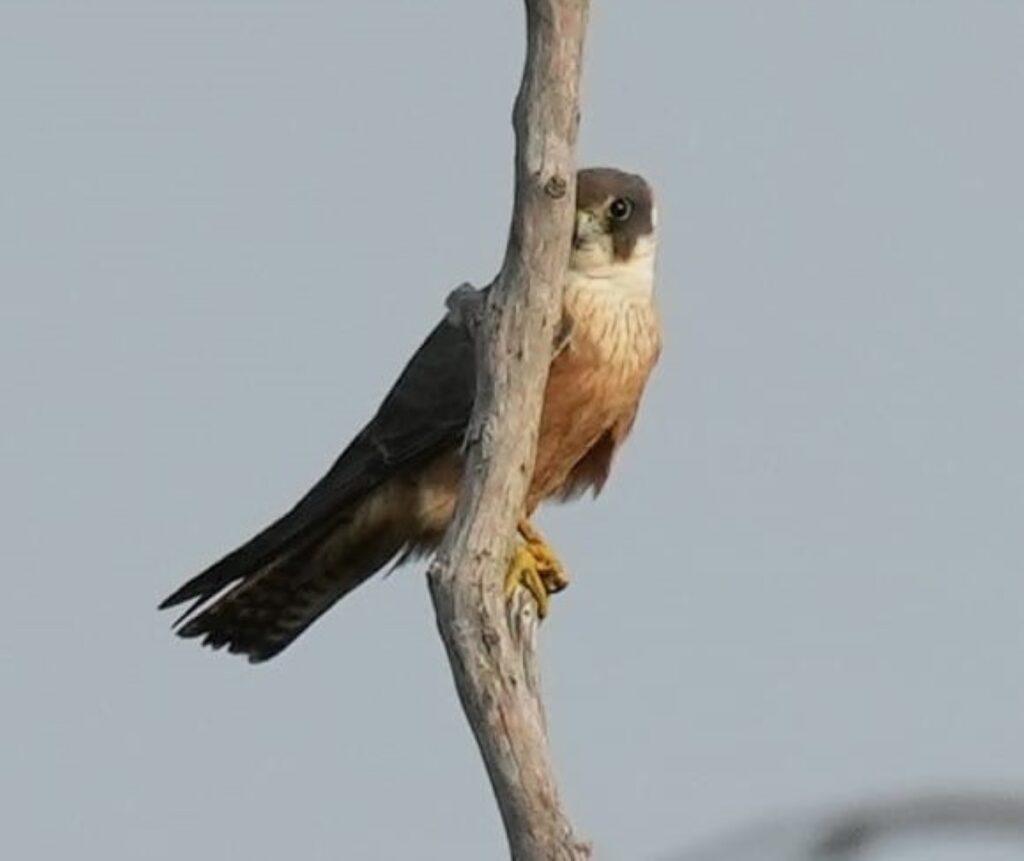
Fig 9. An Australian Hobby (or Little Falcon) has been seen nesting on top of the Osprey tower and chasing small birds.
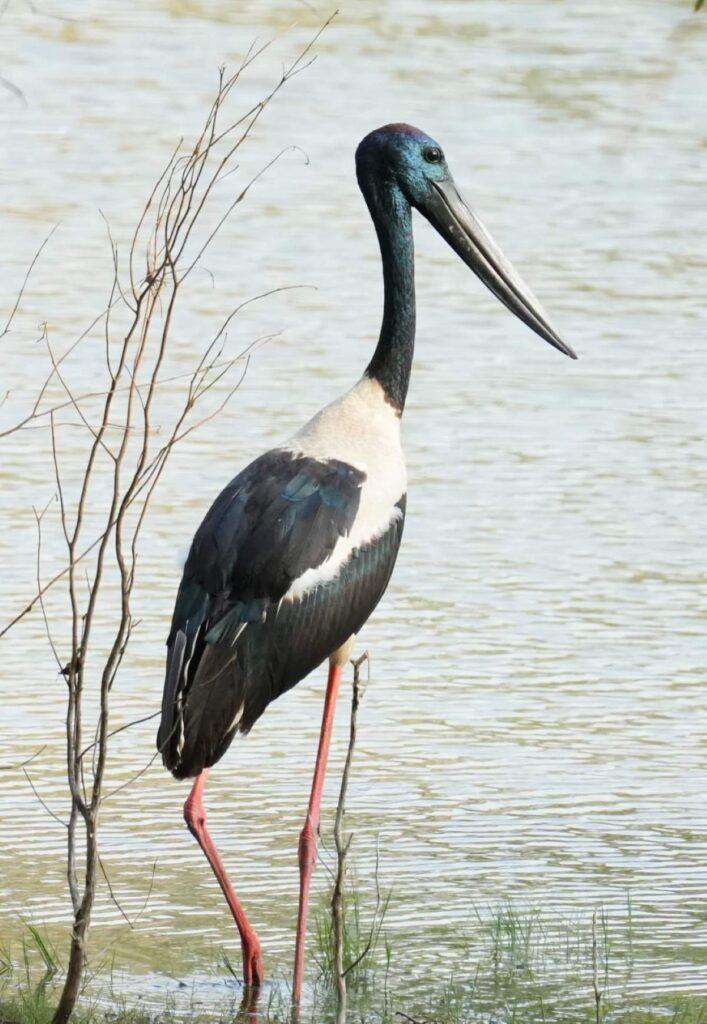
Fig 10. A Black-necked Stork has been visiting Lee Point Dam. They eat fish and other large prey.
Wilderness Walks have been held every week at 5pm Sunday and sometimes in the morning at 7am – see FLP Facebook for latest info. Typically, the walks record 30-45 bird species, refer ebird for latest sightings. The 7am walk on Sunday 27 Oct 2024 recorded 50 species.
Please check the Coastal NT mosquito calendar before heading out.
Fire damages habitat this time of year – If you see a fire on the Lee Point peninsula it is probably arson, call 000, response time is critical for controlling fires.
Hope to see you on a Wilderness Walk
Answers to Quiz